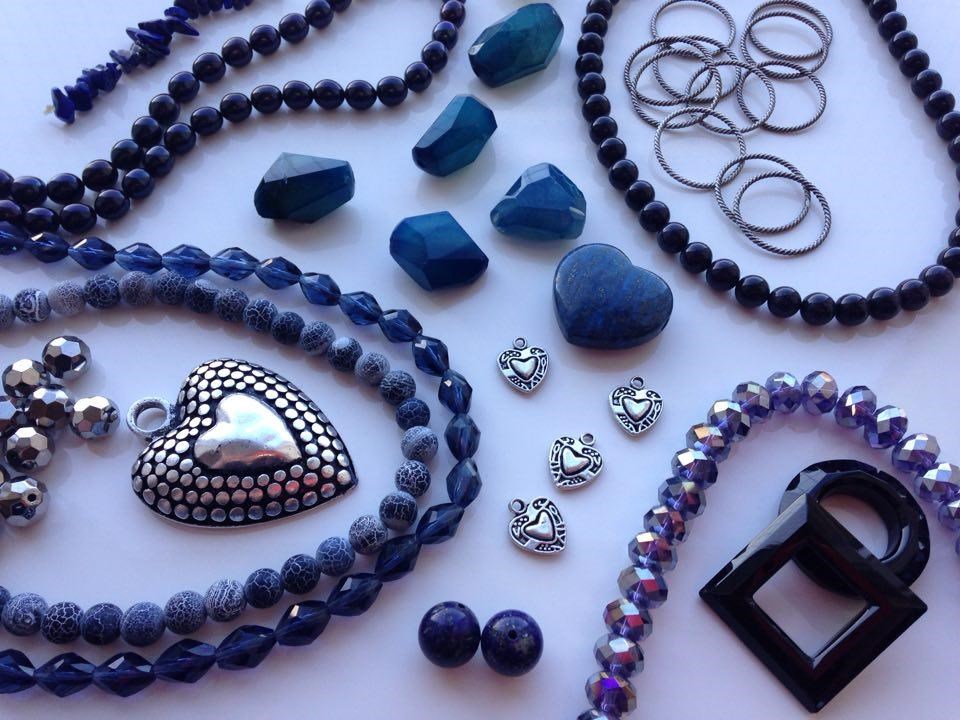It’s All About the Beads - Gemstone and Pearls
Published date: 20 January 2019

If you’re into jewellery making, you’ll understand that colour and texture play a huge role in a piece’s design. That’s why gemstone beads make a fantastic component for interesting and unique jewellery items. These historically significant gemstones have been around since the start of civilisation and are used in various ways by all cultures and religions. Now, they feature in artwork, costume design, embroidery and gemstone jewellery design – but they’re so versatile, their uses are endless. Here, we consider the many benefits of gemstone beads in jewellery making and why this small item can be a fantastic expression of individuality.
Where to start?
Beads are available in many materials, which provides a great opportunity for a totally unique finish.Burhouse supplies gemstone, pearl, glass, shell and wood. We specialise in gemstone and natural materials but there are a few exceptions that have crept into our collections.
A consistent finish
Most round gemstone beads are calibrated. They are manufactured to a precise size, which ensures a uniform shape and size. Our gemstone round beads range between 4mm and 20mm in size. Gemstone chips and nuggets will state an approximate size. Pearls are an approximate size too, as they are naturally formed so can never be measured precisely - a strand will be made up of similar-sized beads.
Stringing it together

The easiest way to string gemstone beads is with beading wire and crimps, more traditional methods include knotting, but these are susceptible to breakage as the gemstones can eventually cut through the thread, but it is still a favoured method for pearls.
Recent innovations mean that beading wre is a strong and reliable material and more and more solutions for finishing and securing the findings to these are being developed.
More recently crimping pliers have become more popular, used with a crimp tube or bead the pliers create a tight tube, which can look neater than a flattened crimp bead and can also be covered by a large hole bead which can slip over the crimped tube. Crimp tubes come in different sizes but a 2x2mm is the most used size.
For both above methods the crimp can also be covered by a crimp cover, a c-shaped finding which when pressed lightly with pliers forms a bead over the crimp (shown middle left on above image)
There are also innovations such as the crimp & ring which contain an end loop within the design to which a clasp can be attached with a jump ring. Just insert your stringing material into the crimp and press with pliers the middle section within the crimp to secure your beading wire in place. Although we tend to use these more with larger gauge stringing materials such as waxed cord (as shown above in bottom right corner of image).
Down to the drill

This above image shows button pearls. Believe it or not, they are all the same shape, but because of the way they’re drilled, they appear different. From the left, the first two strands are centre drilled, the next is top side drilled, then another centre drilled and the fifth strand is long drilled. The far-right strand is top side drilled. The different ways in which they are drilled create a very different look and work well for different styles of jewellery.
Need more inspiration for how to use beads to stunning effect? Visit the Burhouse collection now.




